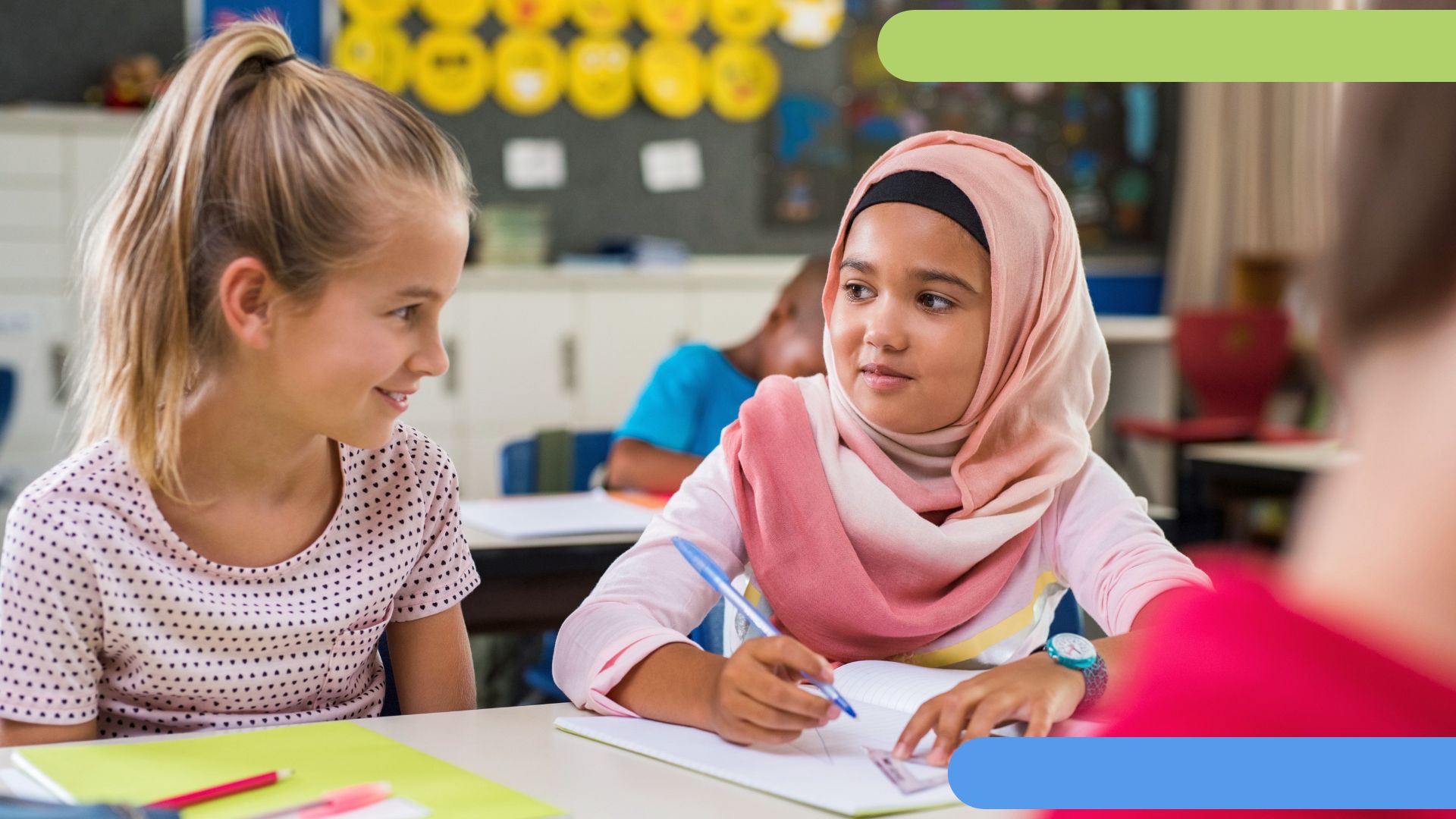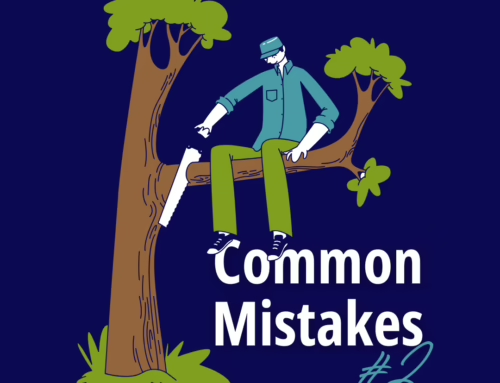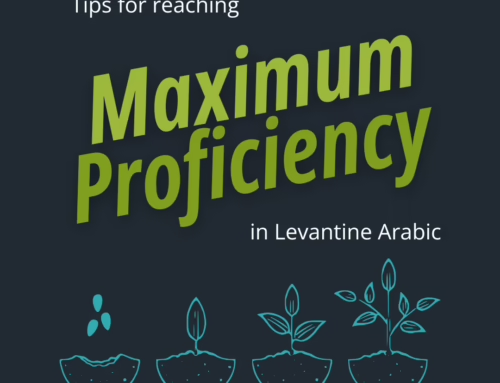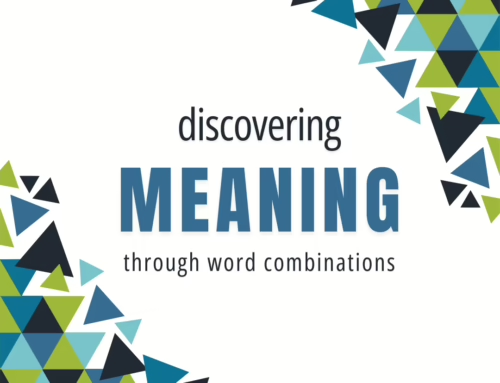If you are in the early stages of learning Arabic, should you spend time watching Arabic TV to expose yourself to more Arabic outside of sessions? For those in Phase 5 who are able to track with native-to-native Arabic dialogue, this is a great activity to challenge yourself to hear rapid speech and lower frequency vocabulary as Arabs speak to one another. This is helpful because those who have progressed to Phase 5 are already familiar with 8,000 words or more. Native-to-native Arabic dialogue reinforces a lot of words you are already familiar with.
However, for Arabic language learners in Phases 1-3, native-to-native Arabic dialogue is going to be overwhelming. It will not offer much in ways of speech you can understand and imitate… yet.
Instead, for those in the early stages of learning Arabic, I recommend finding places where you overhear adults interacting with children. Parks, swimming pools, play areas in malls, daycares… these are all fantastic places to pick up useful phrases, directives, questions kids ask to parents, commands like, “Don’t throw that,” “It’s time to go,” etc.
Just last week I was at the pool and heard a girl run to her mom and ask her to put her arm floaties on her before she could jump into the water. “Mama, labsini iyaha” (ماما ، لبسيني اياه) she said.
This was a memorable encounter with language. Hearing, seeing and storing that moment can help expressions stick as your brain tells you, “Hey, that is something Arabs say and it is useful to me.”
Hearing phrases in real-life settings that capture verbs or grammar we have already become familiar with during our Arabic sessions can help us store it deeply.
Find a place where you can be a fly on the wall in order to listen to and observe meaningful exchanges. Take some extra time when you buy your vegetables or stop into a pharmacy to linger a little longer and tune in to what native speakers say in those situations.





